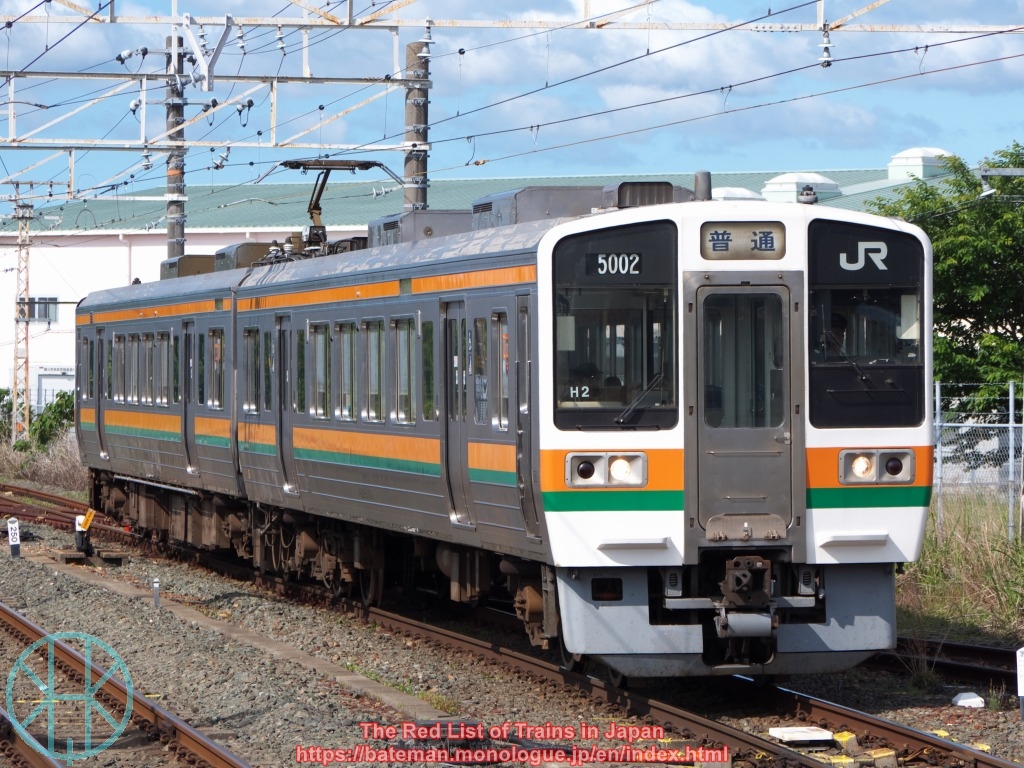In Japan, bullet train passengers generally have to purchase two tickets, a standard fare ticket and a limited express fare ticket (Shinkansen fare ticket). However, the standard fare ticket is not necessarily based on an actual route, and most passengers are paying more than they are supposed to be. This article focuses on the hidden rules that not many people know.
Passengers going from Tokyo to Shin-Osaka by Shinkansen always have two tickets mentioned above that cover Tokyo and Shin-Osaka. Generally speaking, fares for those tickets are calculated based on distance between two stations. However, they are not in case of Shinkansen tickets, and passengers often pay more than they should, in addition to the expensive Shinkansen fare ticket.
To put it simply, standard fares for Shinkansen are based on those of a "conventional line" (non-high-speed railway) parallel to each other. For example, even when they use Tokaido Shinkansen from Tokyo to Shin-Osaka, the standard fare is based on the distance between these two stations via Tokaido Main Line. Shinkansen tracks are generally shorter than conventional lines, but JR companies have been charging passengers based on longer distances. For example, a table below shows the technical and actual distance between major stations.
| Actual | Calculated as |
|---|
| Tokyo - Shin-Osaka | 515.4 km | 562.6 km |
|---|
| Shin-Osaka - Hakata | 553.7 km | 622.3 km |
|---|
| Tokyo - Sendai | 325.4 km | 351.8 km |
|---|
| Tokyo - Niigata | 300.8 km | 333.9 km |
|---|
Another table below shows how fares have gone up based on the figures mentioned above.
| Fair fare | Actual fare |
|---|
| Tokyo - Shin-Osaka | 8,360 yen | 8,910 yen |
|---|
| Shin-Osaka - Hakata | 8,910 yen | 9,790 yen |
|---|
| Tokyo - Sendai | 5,510 yen | 5,730 yen |
|---|
| Tokyo - Niigata | 5,180 yen | 5,510 yen |
|---|
As the tables show, the differences are not small, enough to buy a bottle of water or even a small bento for lunch.
This rule dates back to 1964, when Tokaido Shinkansen opened but Japanese National Railways did not add any change to the standard fare scheme. JNR insisted that Tokaido Shinkansen was constructed as second Tokaido Main Line, so the same fares should be applied. In 1975, a passenger, who found that the actual distance between Tokyo and Shin-Osaka via Tokaido Shinkansen was shorter than that via Tokaido Main Line, demanded a partial refund from JNR and sued it (though it was dismissed unanimously by the Supreme Court in 1986).

This rule, which is now written in Article 16-2 Paragraph 1 of the Rules for Passenger Services, is not always disadvantageous for passengers. For example, the ticket above is from Tsuyama to Yokohama via San-yo and Tokaido Main Line (conventional lines), but there are Shinkansen stamps. In this case, I could choose whether to take a Shinkansen from Okayama to Shin-Yokohama, or to take an ordinary train from Okayama to Yokohama. I could also freely switch from Shinkansen to conventional lines and vice versa at stations in between.
According to the rules, a person with a ticket from Tokyo or Nagoya to Osaka can either take Shinkansen to Shin-Osaka directly or alight the train at Kyoto for sightseeing and continue on to Osaka after that.
JNR applied the same rules to San-yo, Joetsu and Tohoku Shinkansen when they opened in 1972 (extended to Hakata in 1975) and 1982, respectively. Hence, San-yo Shinkansen was treated as the same as San-yo Main Line (and Kagoshima Main Line in Fukuoka Prefecture), Tohoku Shinkansen was effectively the same as Tohoku Main Line and Joetsu Shinkansen was treated as Joetsu Line.
The privatization of JNR made the rules questionable, especially when it comes to Tokaido and San-yo Shinkansen. Unlike others, conventional lines parallel to those two Shinkansen are operated by different JR companies as shown below. Osaka and Shimonoseki also correspond to Shin-Osaka and Shin-Shimonoseki, respectively.
| Shinkansen | Conventional |
| Tokyo - Atami | JR Central | JR East |
|---|
| Atami - Maibara | JR Central |
|---|
| Maibara - (Osaka) | JR West |
|---|
| (Osaka) - (Shimonoseki) | JR West |
|---|
| (Shimonoseki) - (Hakata) | JR Kyushu |
|---|
When the high-speed rail and conventional lines nearby are owned and managed by different companies, how could those railways be regarded as the same?
JR Kyushu suggested a possible solution. In 1996, JR Kyushu withdrew from the scheme and has set its own fares between Shimonoseki and Hakata. Hence, a passenger with a standard fare ticket that covers Shimonoseki (or Shin-Shimonoseki), Kokura or Hakata has to decide which route to take. Since then, conventional lines there are more expensive than San-yo Shinkansen when it comes to a standard fare ticket. For example, a standard fare ticket between Kokura and Hakata is 1,170 yen for San-yo Shinkansen, but 1,510 yen for Kagoshima Main Line. Even with a limited express ticket, the total cost is 2,160 yen for Shinkansen (taking 17 minutes), while it is 2,110 yen for Limited Express on the conventional line (taking 49 minutes), so JR Kyushu has been struggling to attract passengers between the two cities (most people would prefer Shinkansen, as it is more frequent and far faster than JR Kyushu with just an extra of 50 yen).
JR East is soon to follow JR Kyushu as part of its plan to dramatically raise fares, as described in the previous article. The change will solve the confusing fare schemes and make it easy to understand for Shinkansen travellers, though it is not clear whether it will be beneficial for passengers.

















